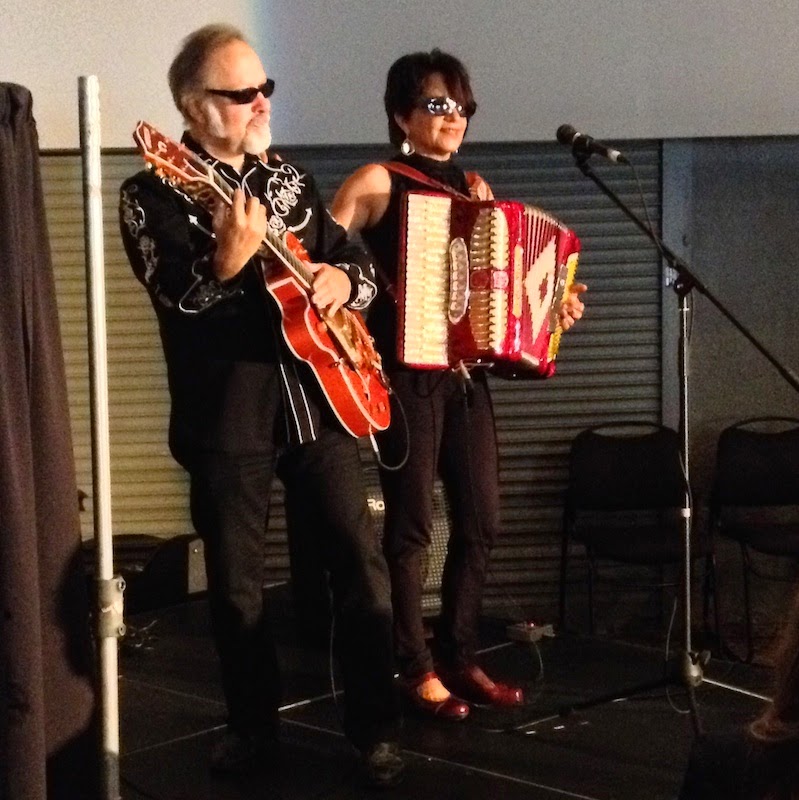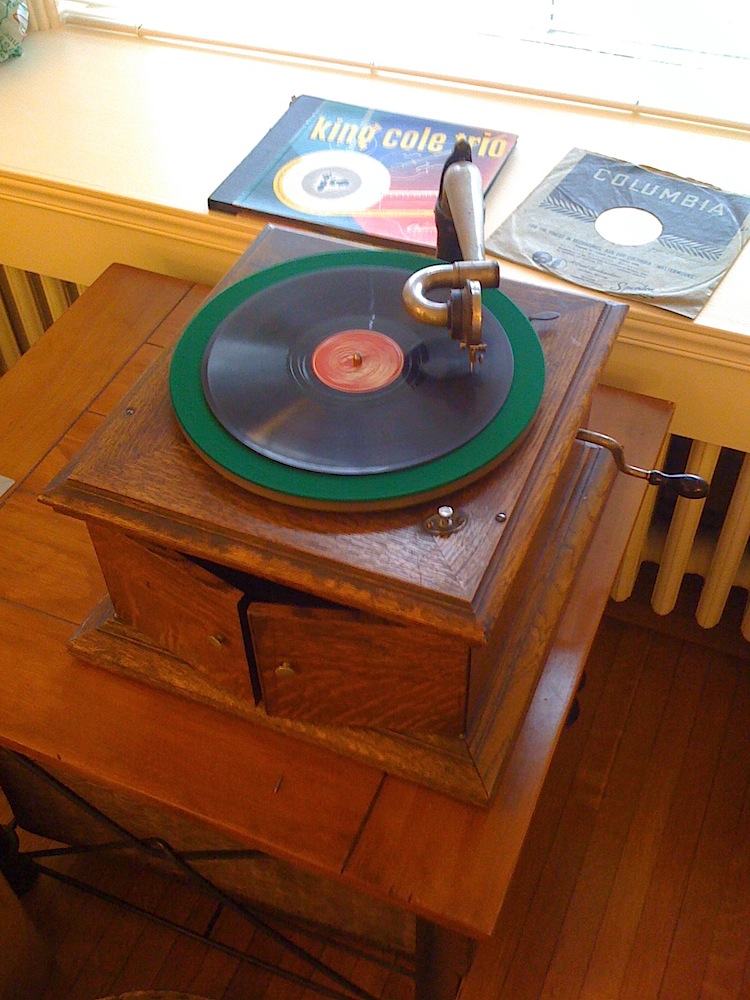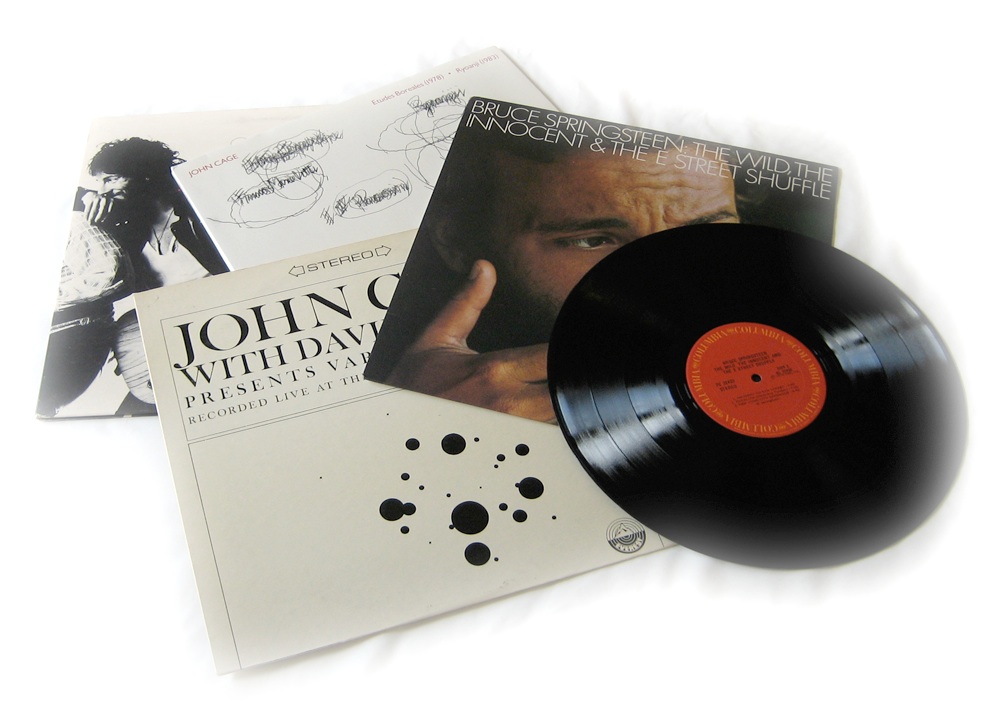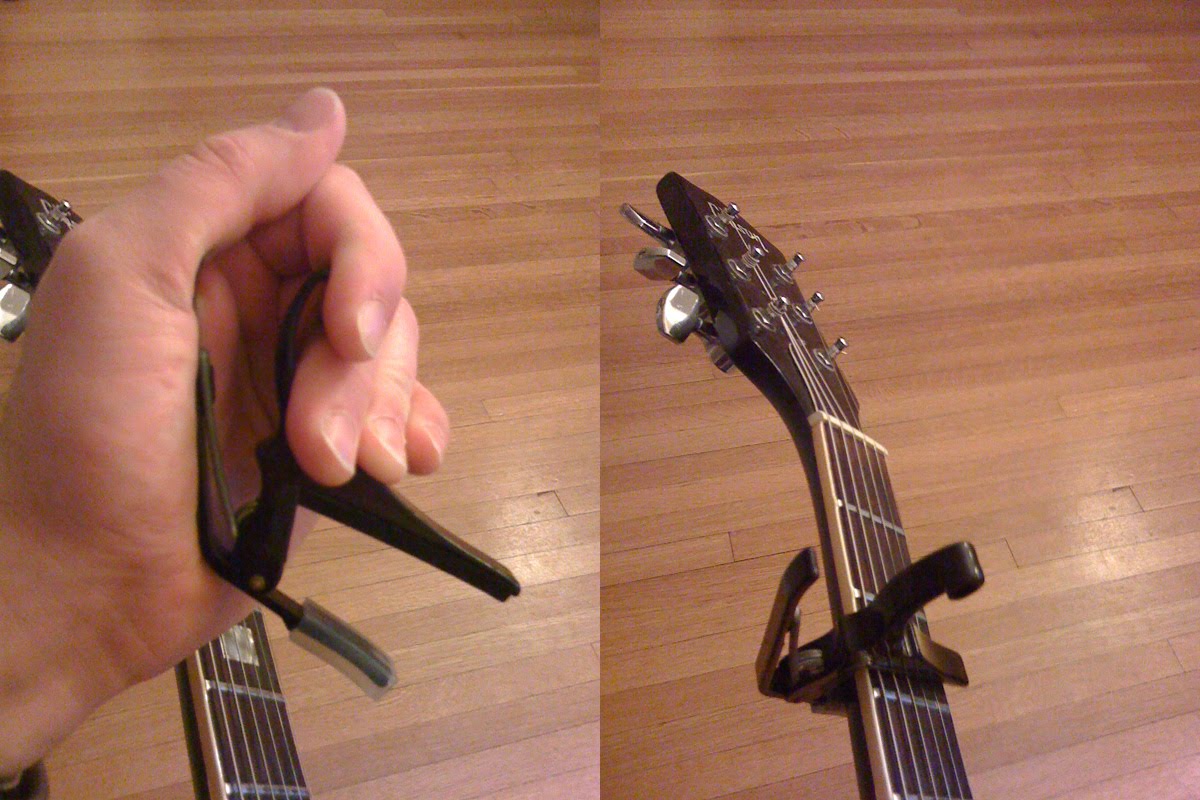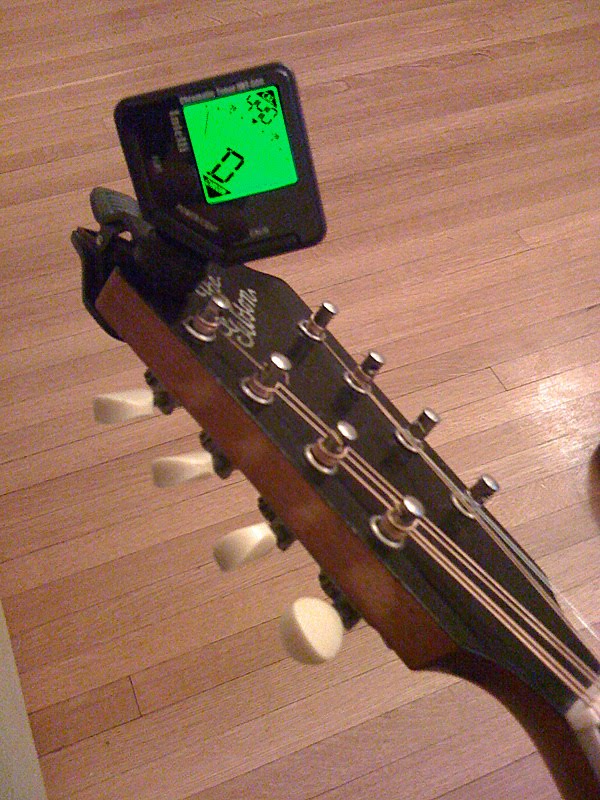It’s been a bit of an indulgence on this blog to write about movies that provide a good metaphor for a startup. Two of the movie ‘startups’ ended well (The Dam Busters, The Adventures of Robin Hood), while one was a disaster (King Kong). With today’s post, it looks like I have a series going!
Barrett’s Privateers isn’t a movie, but a ballad written and performed by the late Stan Rogers. It’s a rollicking sea tale that, to me, is a fine metaphor for a path that some startups end up taking.
Barrett’s Privateers features a founder (Captain Elcid Barrett) who has an idea, though not an innovative one on its own, (become a privateer — “A letter of marque came from the King”) to solve a pressing problem (England was at war with its American colonies) and to get rich (by cruising the seas for American gold).
Barret hires his team (“twenty great men, all fishermen”, including the song’s narrator) convincing them that his vision will lead to success (“We’d fire no guns, shed no tears”).
This particular startup is underfunded and poorly equipped (“The Antelope sloop was a sickening sight… She had a list to the port and her sails in rags”), but the team was ready and willing to work hard (“It was ninety one days to Montego Bay, pumping like madmen all the way.”) to deliver.
The team went to market (“On the ninety sixth day we sailed again”) and it looked like they had a chance to make an early success (“When a bloody great Yankee hove in sight, with our cracked four-pounders we made to fight.”). They redoubled their efforts (“But to catch her took the Antelope two whole days”), but the market place was a much tougher one than anyone had planned (“Our cracked four-pounders made an awful din, but with one fat ball the Yank stove us in.”).
The startup couldn’t survive in such a competitive market (“The Antelope shook and pitched on her side”). Things ended particularly badly for the founder (“Barrett was smashed like a bowl of eggs”), while the narrator (“And the main truck carried off both me legs”) and the rest of the startup’s team (“But I’m a broken man on a Halifax pier, the last of Barrett’s Privateers”) faired little better.
The bad ending for Barrett’s crew provides some perspective for a real startup!
By the way, there’s a great line-by-line exploration of Barrett’s Privateers by Dan Conlin that is well worth a look if you’re a fan of the song.

